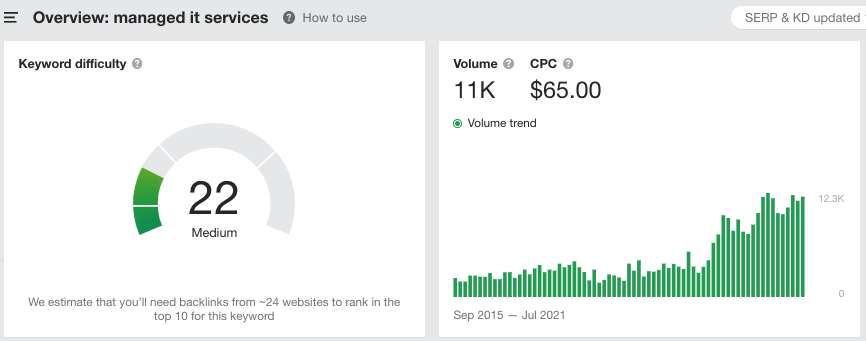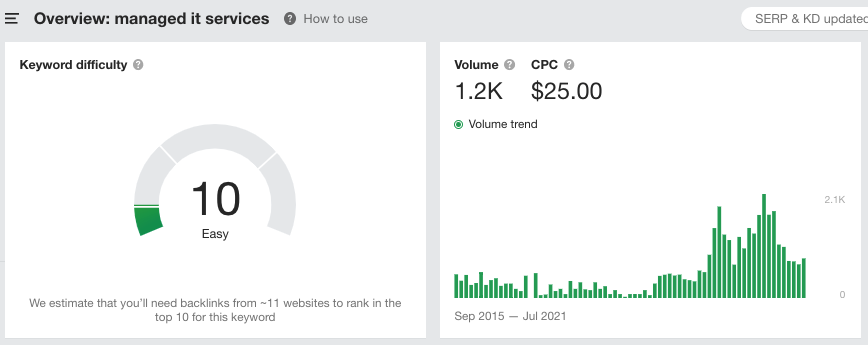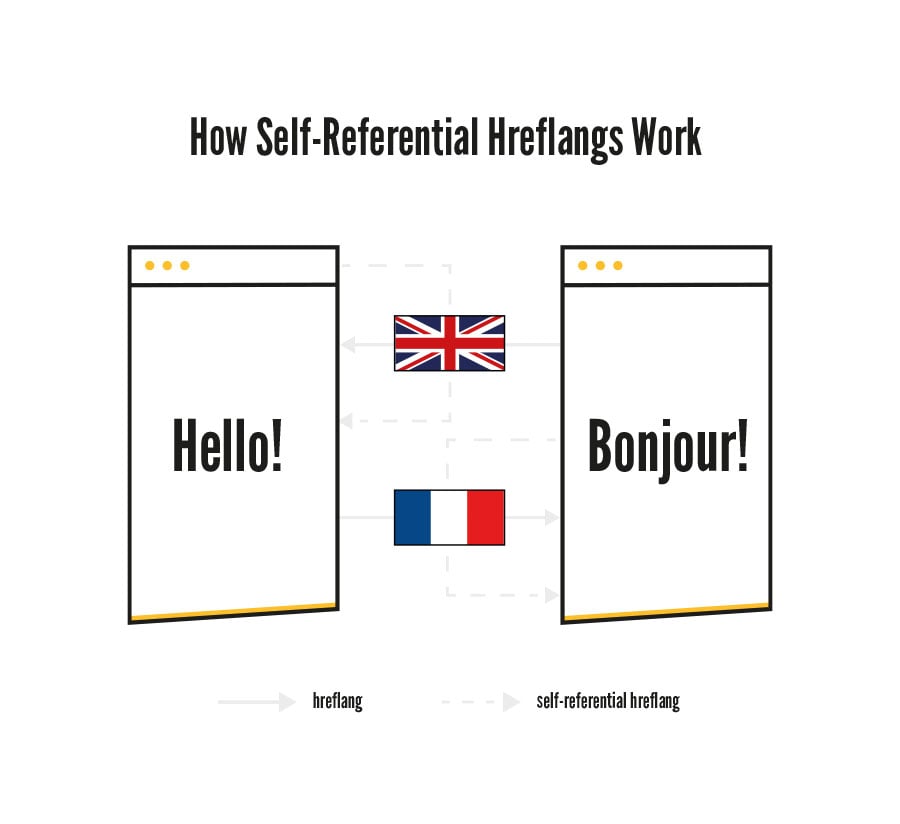If your business is marketing to audiences in different countries and regions then your website should also reflect that.
For example, if your main business is based in the UK and you also cater to French and German customers, you should consider having 3 variations of your site. UK version in English language, French translated to French language and German translated into German language. This technique refers to having multilingual websites. It means that more than one variation of your website is dedicated to targeting audiences in different countries.
Whereas, a multi-regional website is one that explicitly targets users in different countries or geographical locations, who use the same language. For example, the UK and the USA. Ideally, you should have two separate websites to target these countries.
This blog will explain the multilingual SEO techniques you can use to make sure your website is adequately optimised for different languages, countries and locations on Google search results pages.
Why Do Businesses Need Multiple Websites to Target Different Languages & Regions?
It might seem obvious, but if your business is offering services to people in different countries then you should have multiple variations of your website translated into different languages to cater to that audience. If the primary language in that country isn't English then you should consider creating different variations of your primary website translated into that country's primary language.
Regarding targeting audiences in different countries that speak the same or similar language, some of our customers have asked:
Our business is based in the UK, but the website is ranking really well in the USA. We still want to perform well in the UK, what do we do?
It might be tempting to target the same or similar language speaking countries with the same website, especially if you’re seeing great organic results for one of the geographical locations. However, the reason why it’s problematic and you should have a website dedicated to the US and UK is because of the risk of one country outperforming the other.
The size of the population in the USA is around 328 million people and the UK is around 66 million people. This reflects on the demand and search volumes that happen in the USA and in the UK. Some keywords have much greater volumes in the USA than they do in the UK. For example “managed IT services”. In the USA the monthly search volume for that term is 11,000, whereas in the UK it is 1,200 per month.

Managed IT services, Ahrefs results in the USA

Managed IT services, Ahrefs results in the UK
This makes it extremely difficult for the same website to be found by your potential customers in multiple countries. This is why the best SEO practice is to create multiple language websites and focus one site on the demands of one geographical market and the other on the demands of the other market.
how To Make a Multi-Language Website?
So, you have gone ahead and created multiple language and location specific websites. Now you must consider the use of hreflang tags in the header code in the meta language tag. It is advisable to consult your website developer and SEO expert when implementing hreflang attributes in the code of your website.
What are hreflang tags?
The hreflang tag, also known as attribute (also referred to as rel="alternate") is a piece of information that tells Google which language you are using on the specific page of your website. This is so the search engine can show the UK version of your website to people who are searching for your products in the UK. The same principle applies to the USA, France, Germany or any other country in the world that you might be selling your business to.
Hreflang tags work in pairs when the UK website points at the French version of the website; the French version needs to link back to the UK version of your website. This demonstrates to the search engines your ownership over the two versions of the website and helps it understand the connection between them. If the link between the multilingual pages is broken then the relationship between the pages will not be recognised by the search engine.
To tell the search engine that you have the same web pages on your website, but one is in UK English and the other in French you should include these self-referencing meta language tags on your site:
<link rel="alternate" hreflang="en-gb" href="https://example.com/managed-it-services" />
<link rel="alternate" hreflang="fr-fr" href="https://example.com/services-informatiques-gérés" />

Google also recommends adding hreflang x‑default tag to websites targeting multiple languages and locations. The job of x‑default tag is to signal to Google’s algorithm that a page doesn't target any specific language or location and is the default page when no other page is better suited. For example, if one of your product pages is only dedicated to UK location the tag for that page would look something similar to this:
<link rel="alternate" hreflang="en-gb" href="https://example.com/product-page" />
<link rel="alternate" hreflang="x-default" href="https://example.com/product-page" />
Multilingual SEO techniques are the best solution for businesses that are selling to businesses in multiple countries. It will help your website be found on the search engine results pages by potential customers in multiple geographical locations. Having multi language versions of your website will also help you track customers that enter your site using Google in different locations and ultimately show on your reporting figures so that you can recognise the demand in various countries and locations for your products and services. This can help marketers make improvements to the quality and quantity of the website's organic leads.






.png?width=115&height=183&name=sade%201%20(1).png)